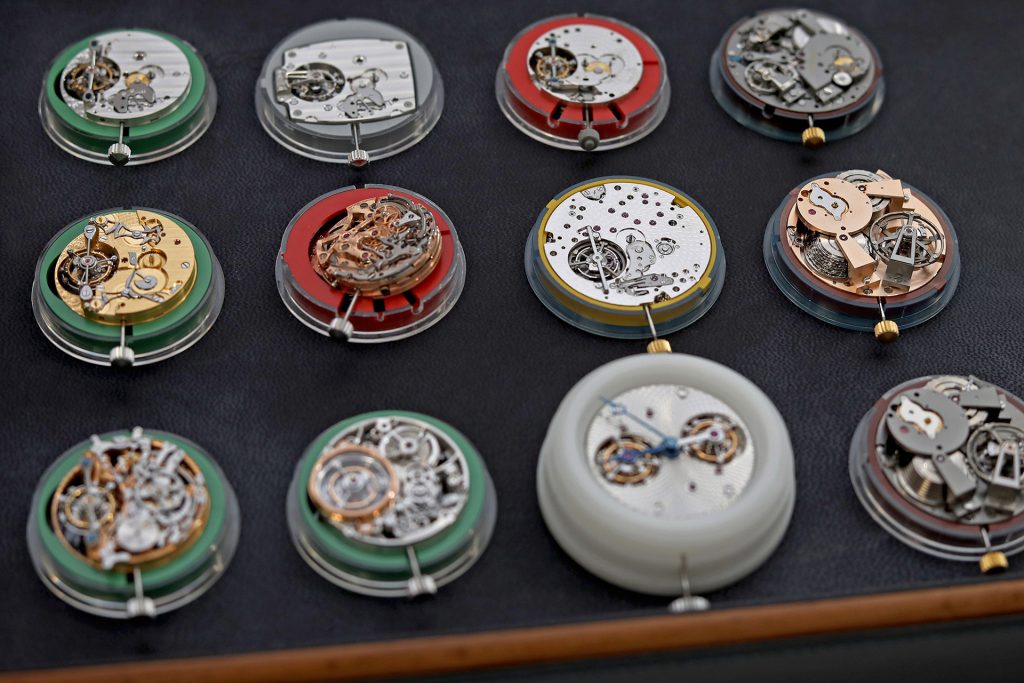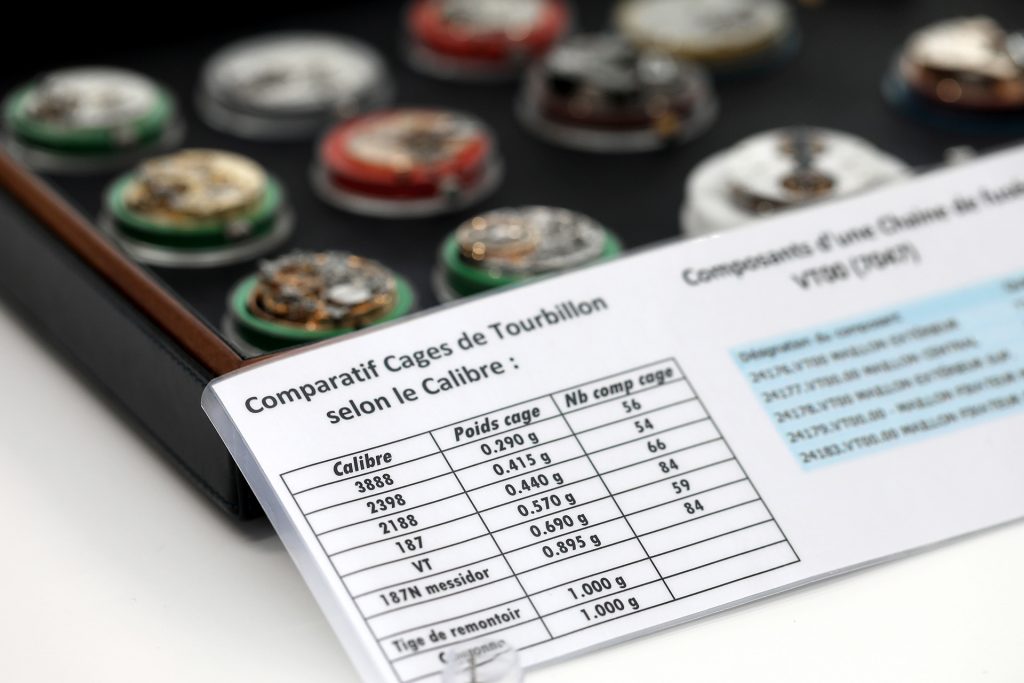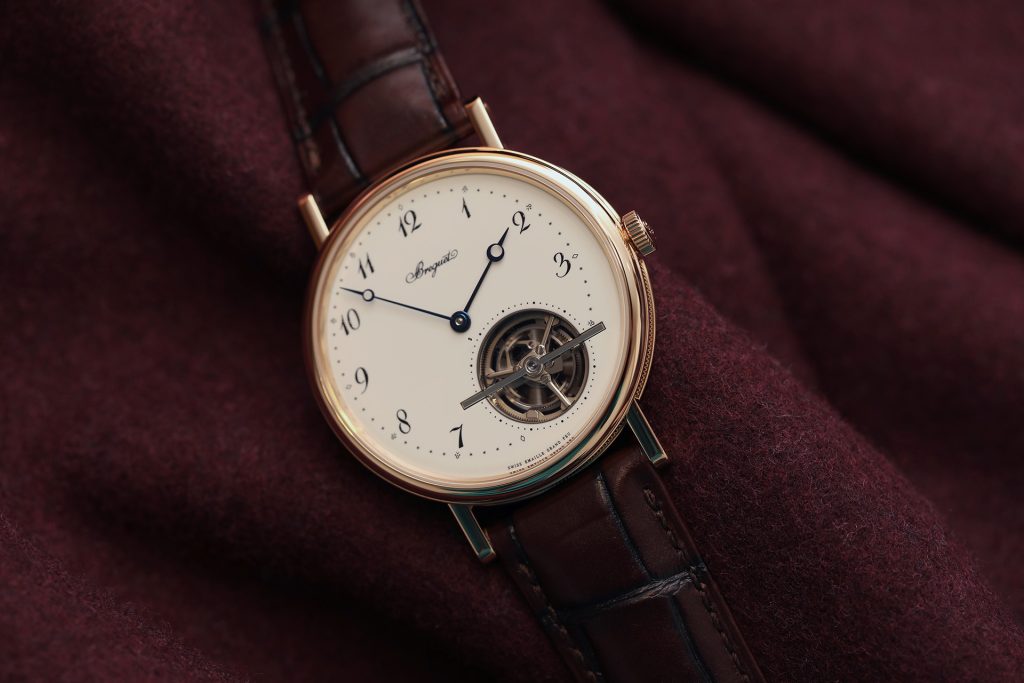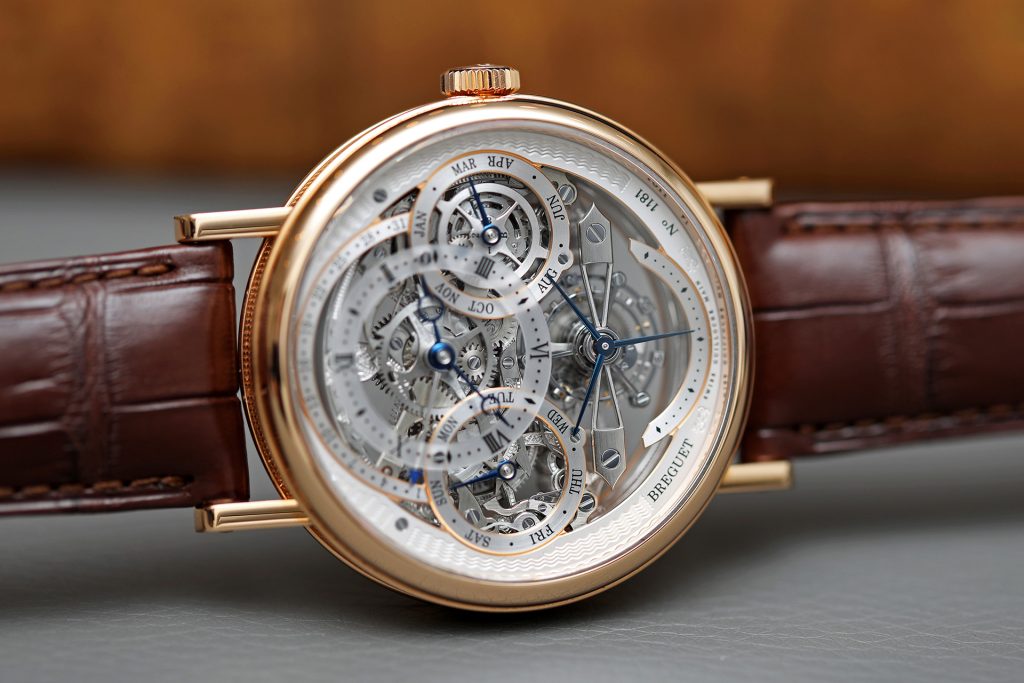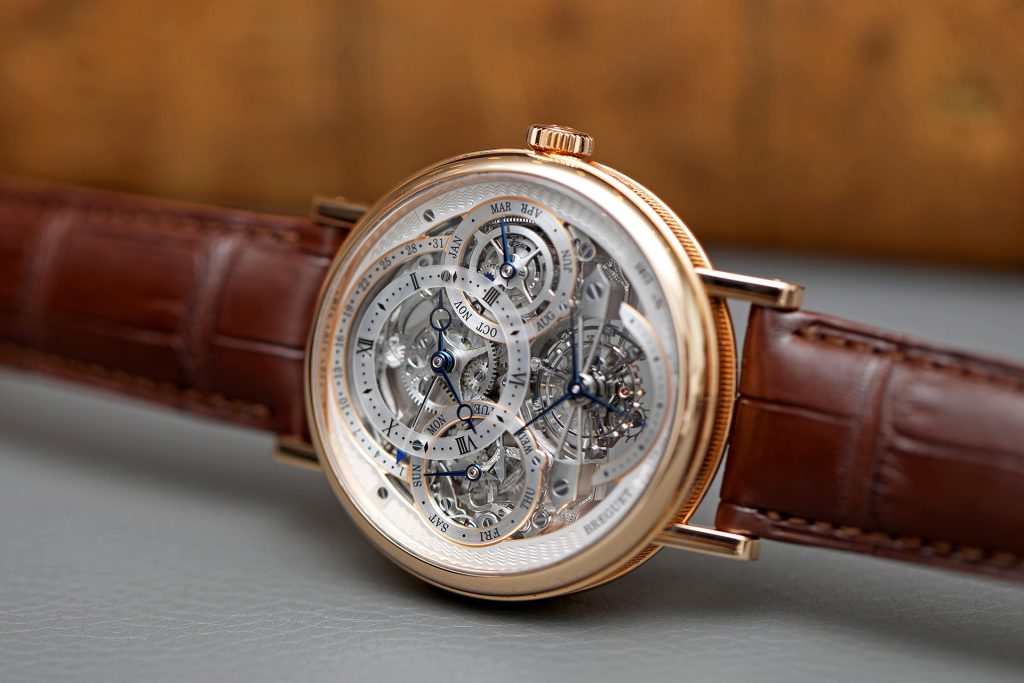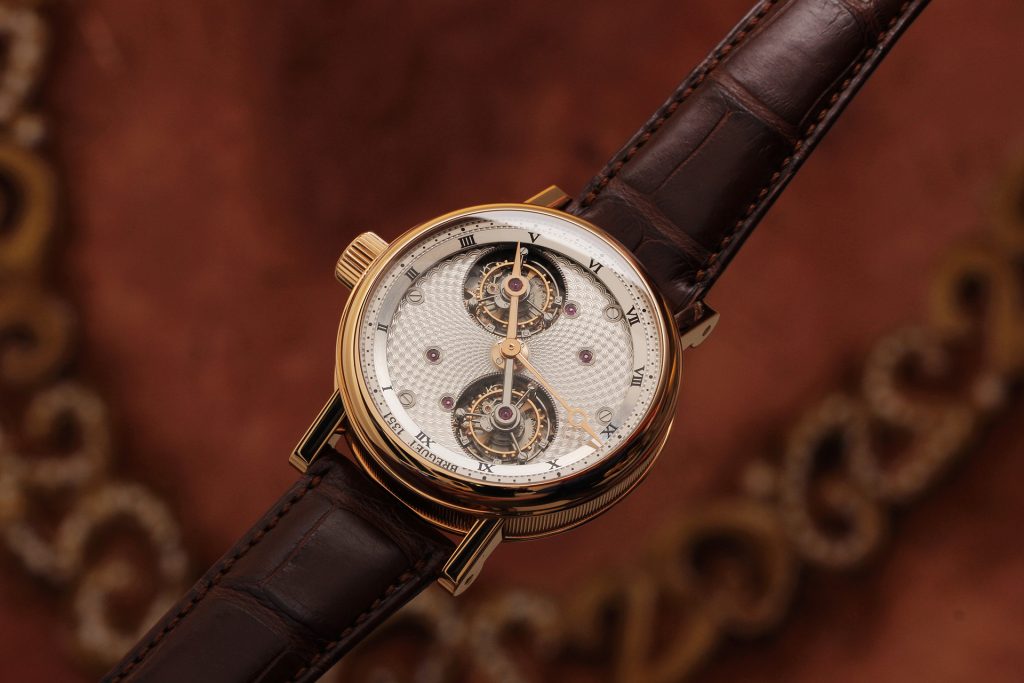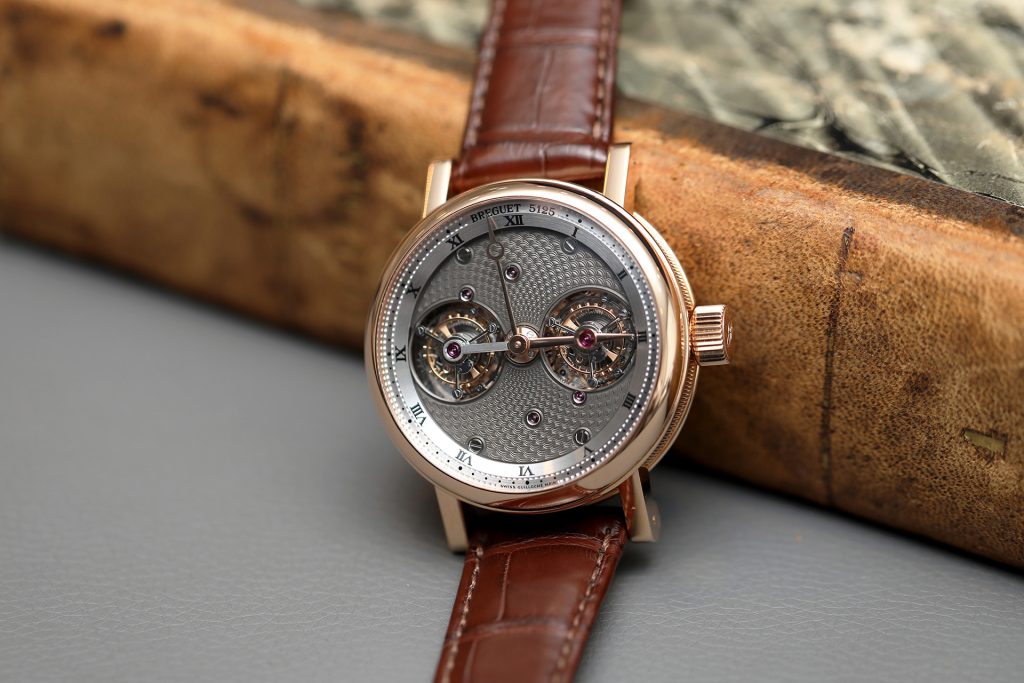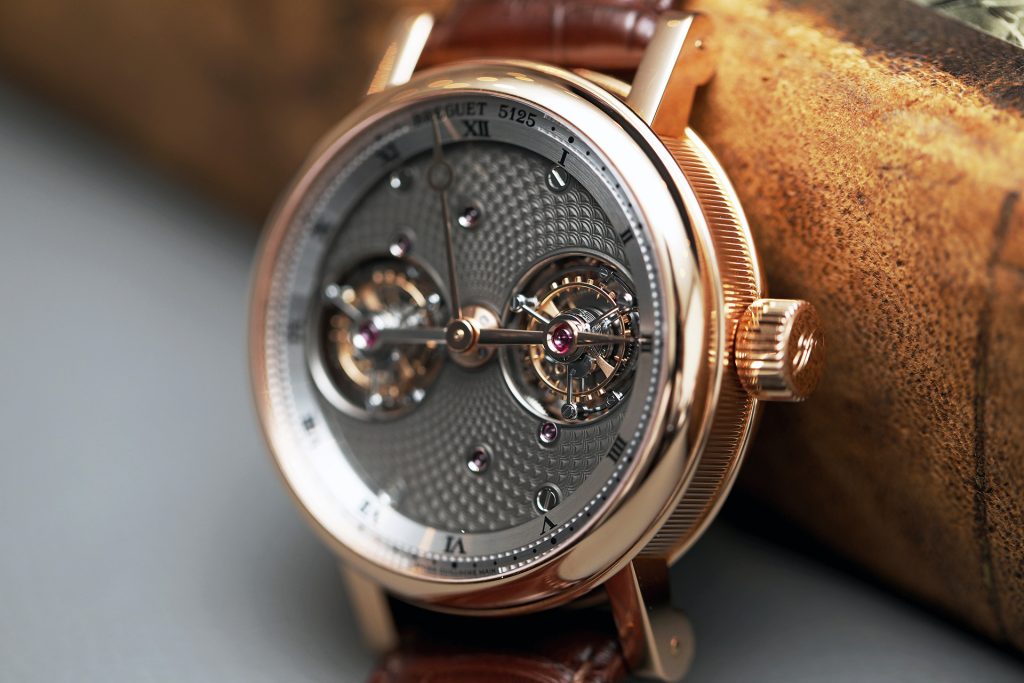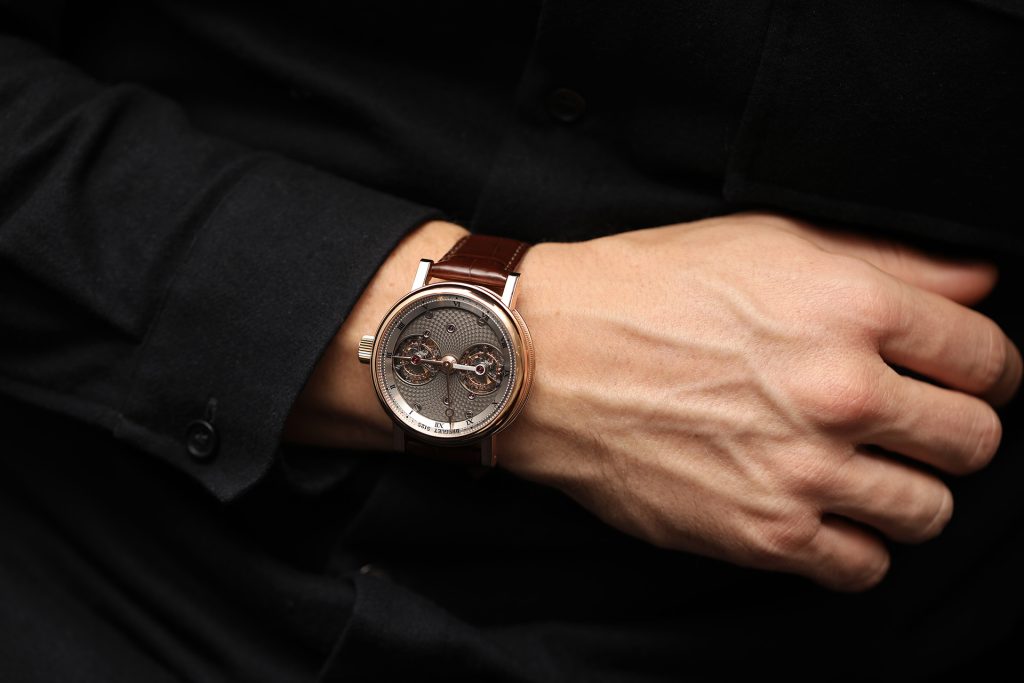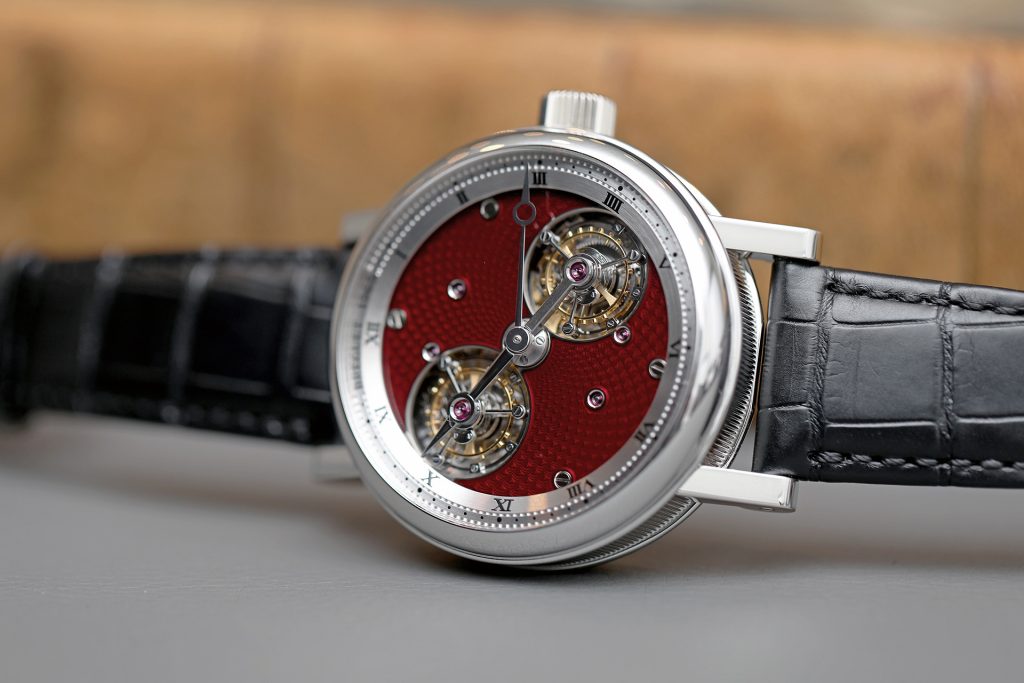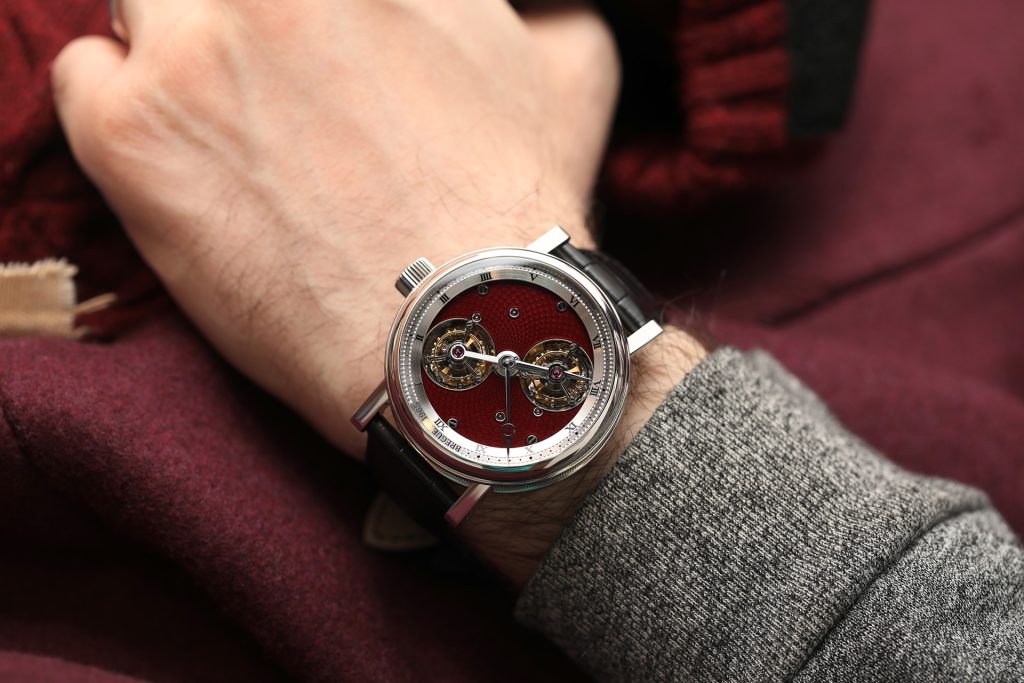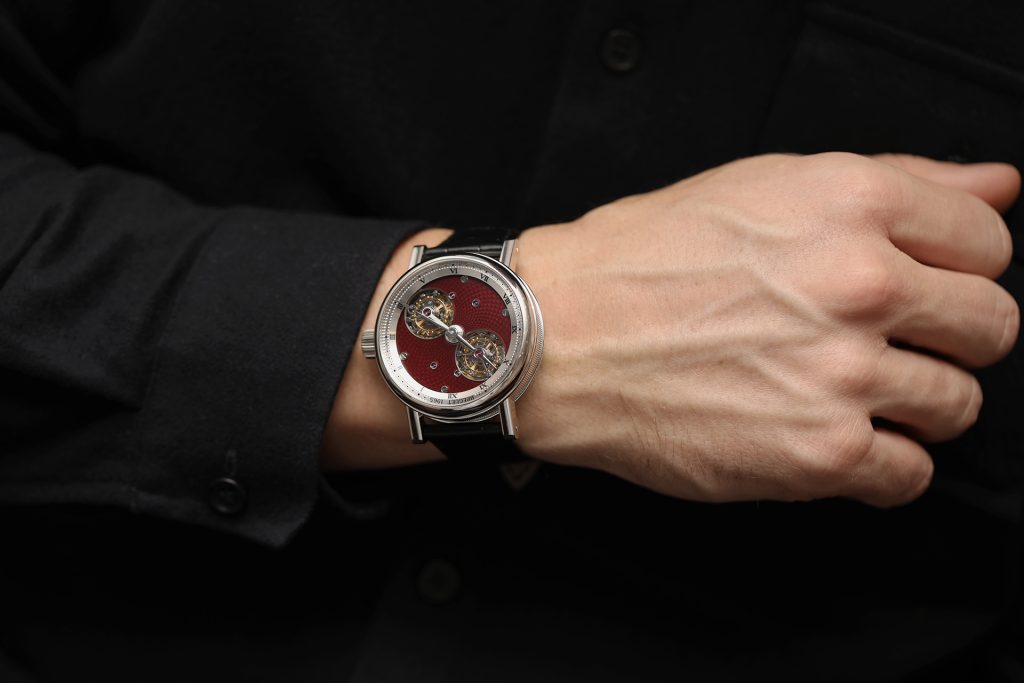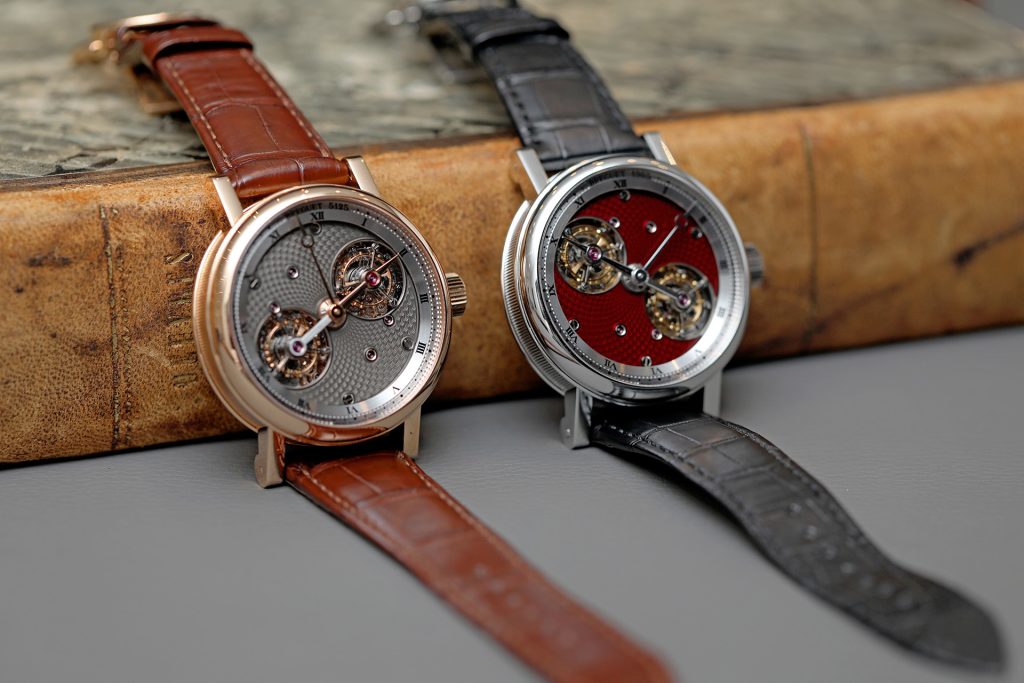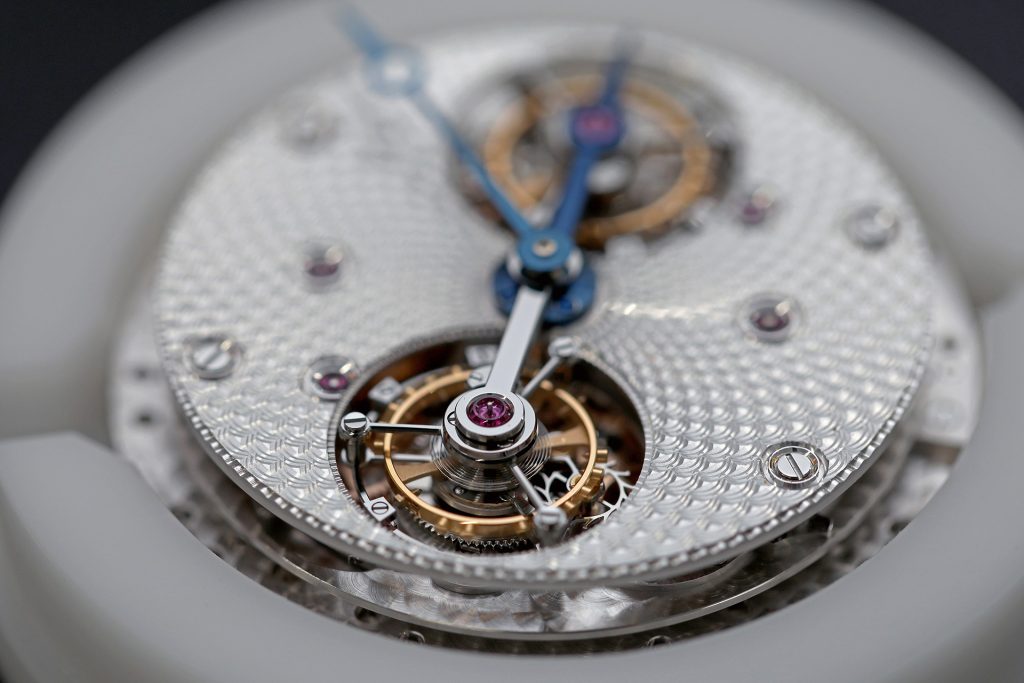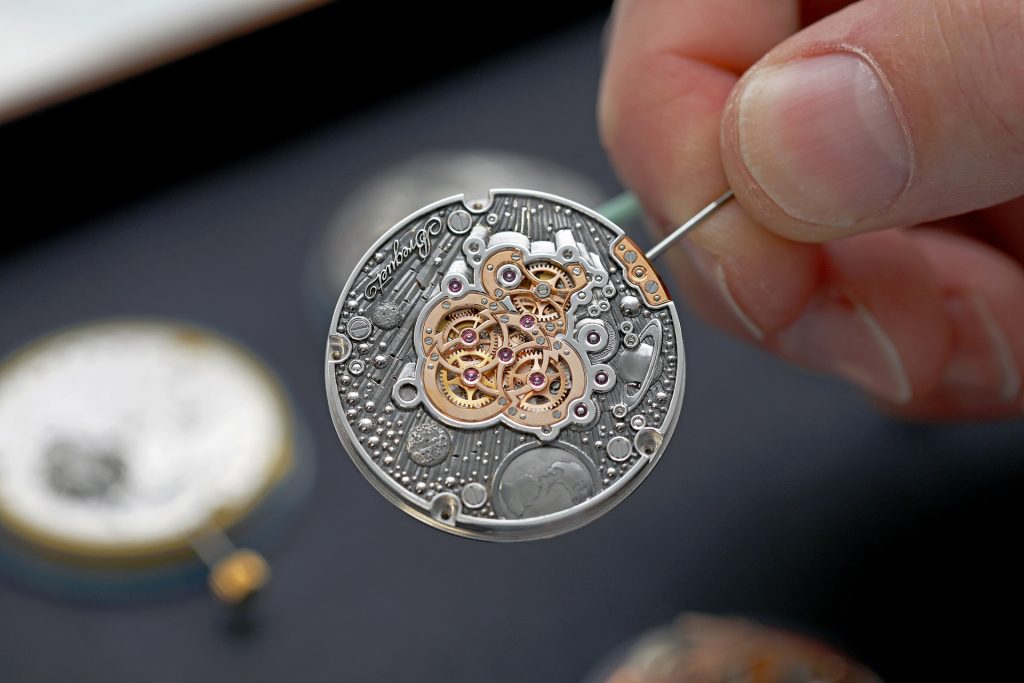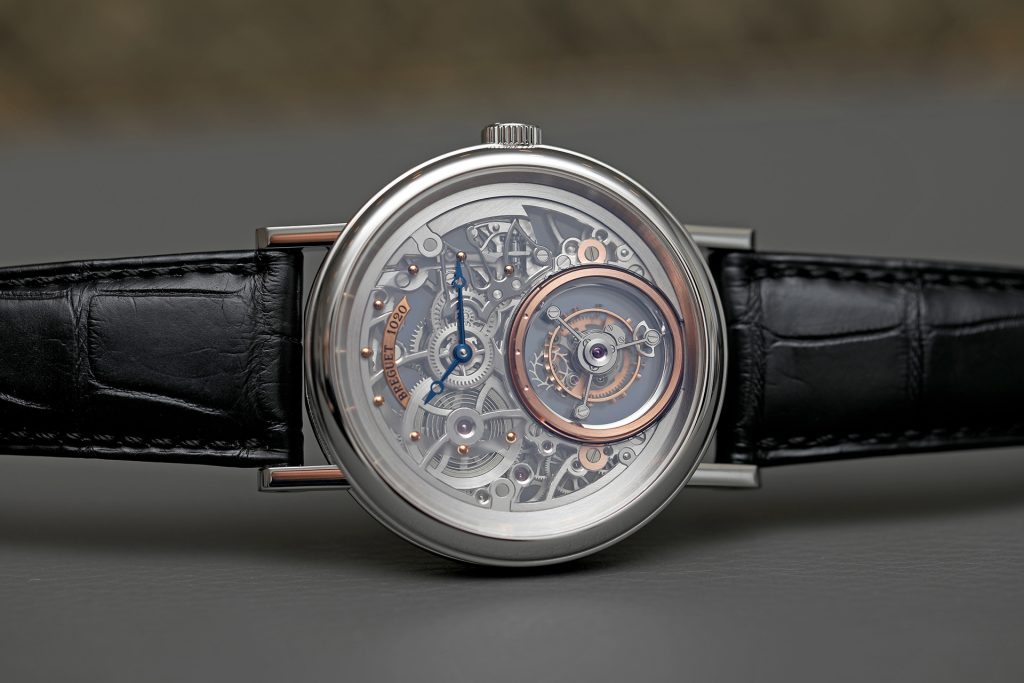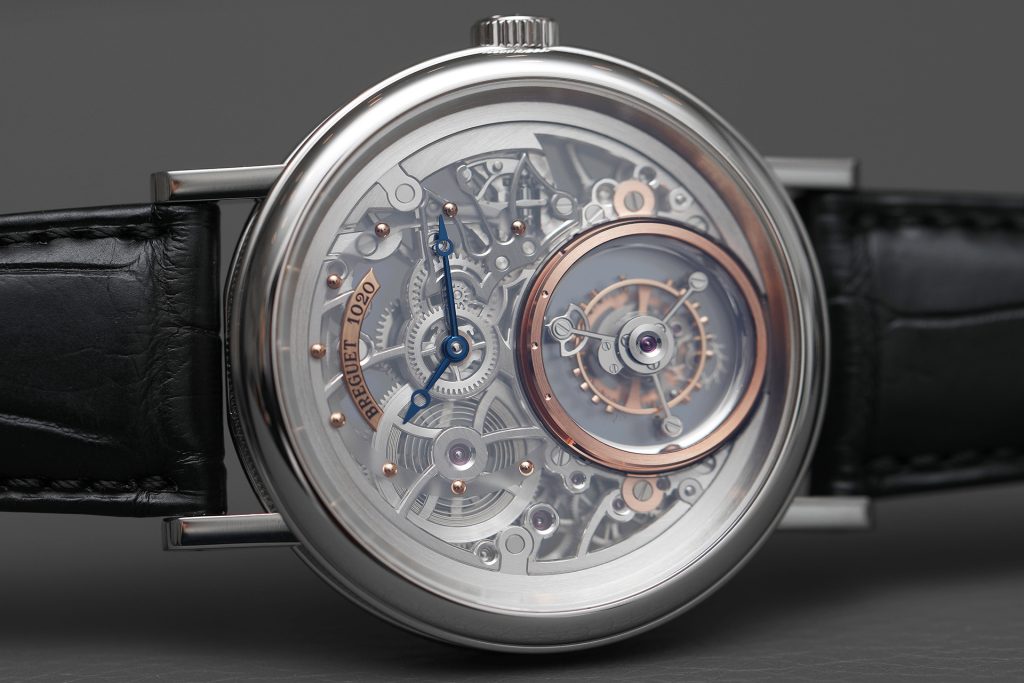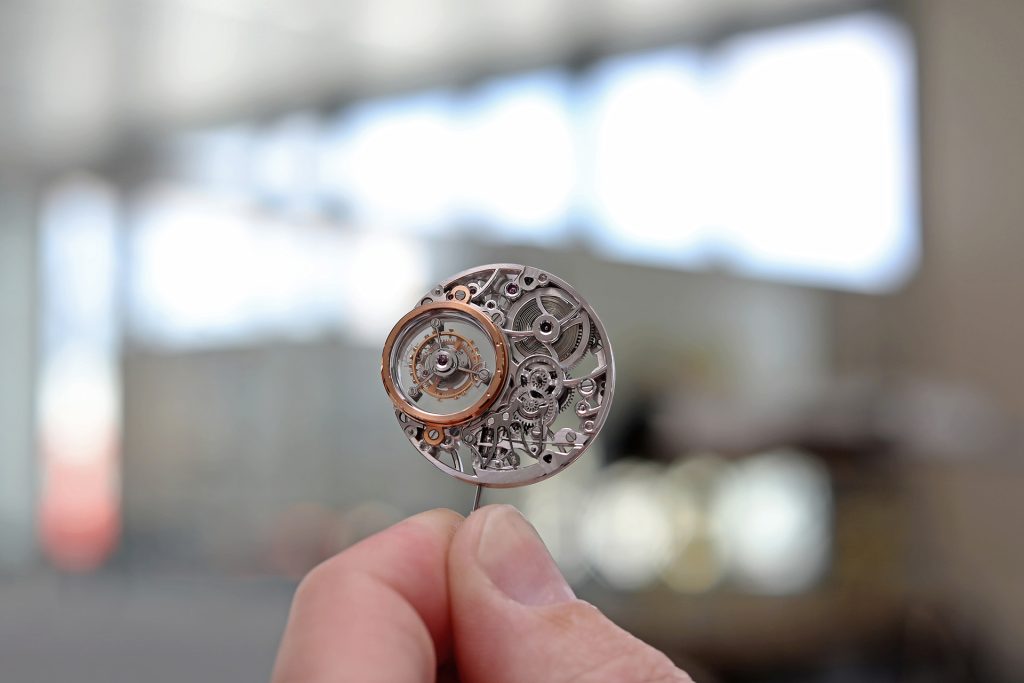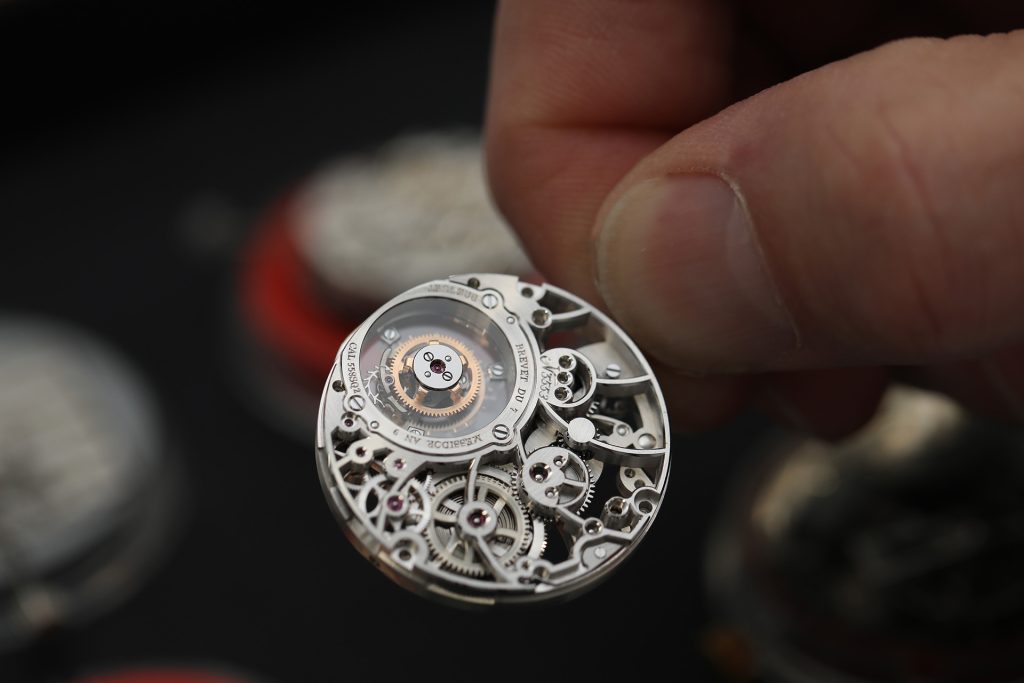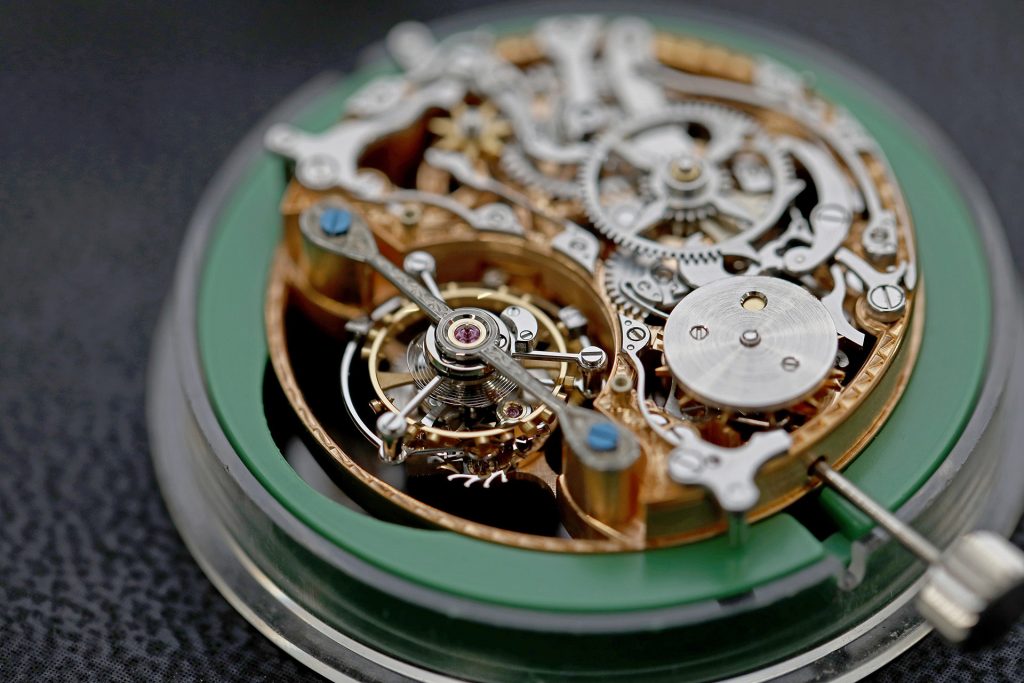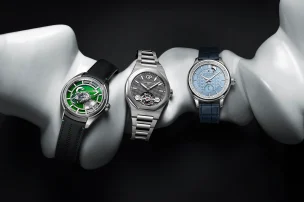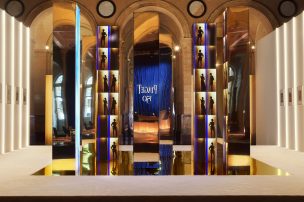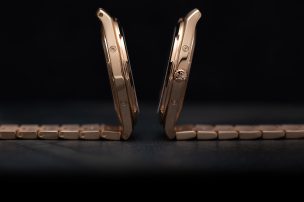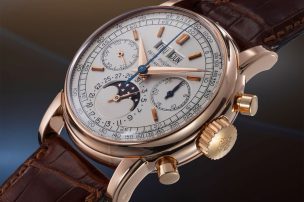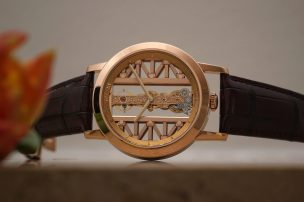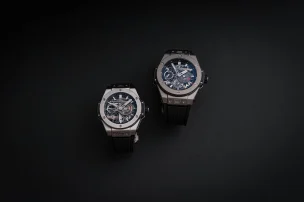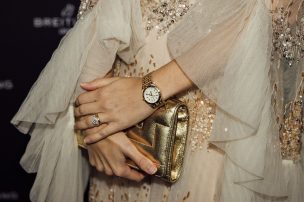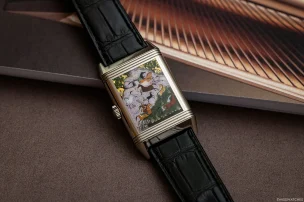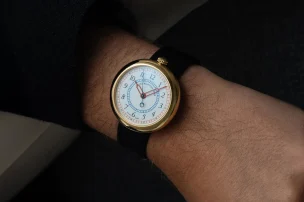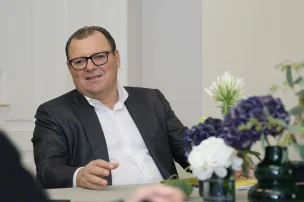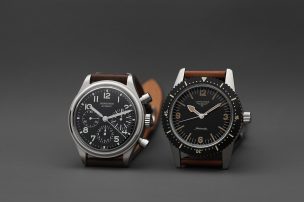
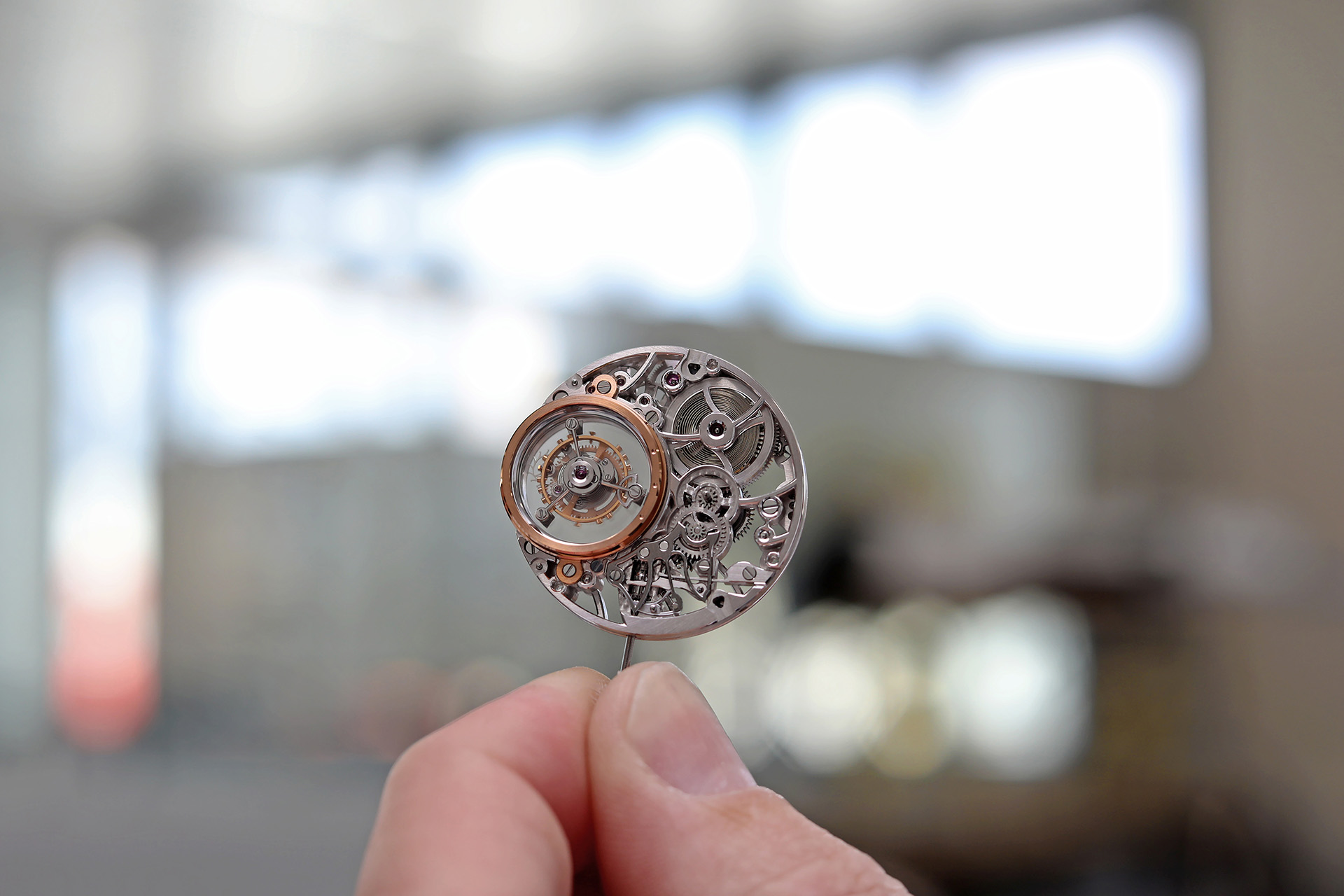
Breguet – Master of Tourbillons
While visiting the Breguet manufacture in Vallée de Joux some weeks ago, we certainly didn’t want to miss the movement assembly Atelier where the Maison’s tourbillon complications come alive. It was Abraham-Louis Breguet who invented this regulator over 200 years ago and the manufacture today is the world’s biggest producer. They have seven tourbillon families based on a range of models. The opportunity was perfect and we couldn’t resist the temptation. So, we asked the local team for some respective watches and temporarily turned a manufacture’s side room into a photo studio. The protagonists: four prestigious masterpieces, that successfully pursue the innovative legacy of Breguet in the 21st century.
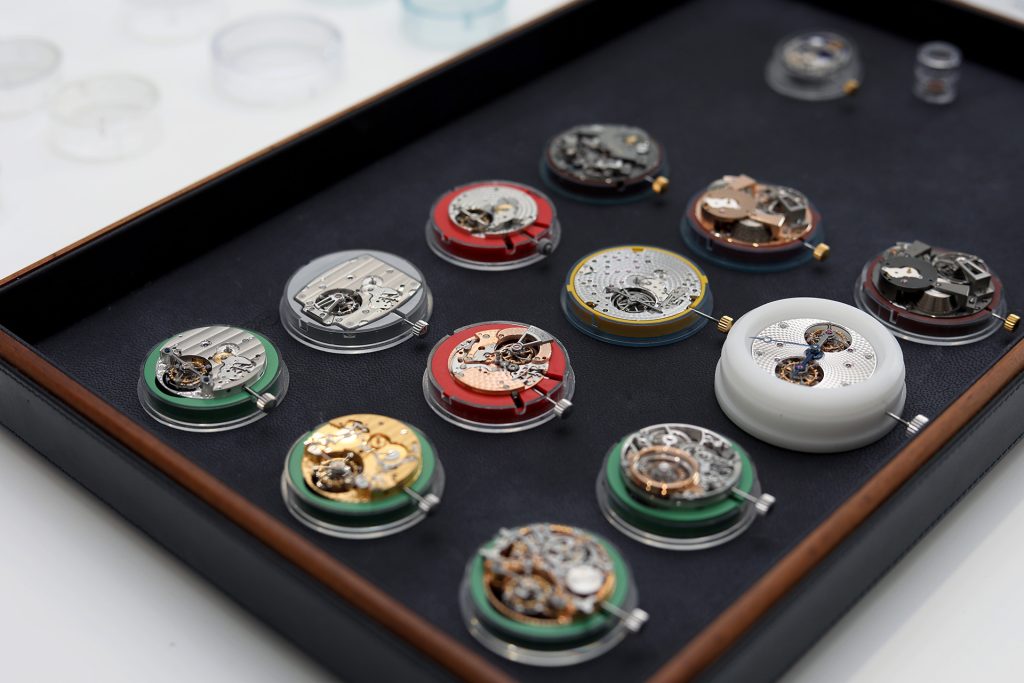
A colourful selection of in-house Tourbillon movements
On June 26th in 1801, Abraham-Louis Breguet patented the world’s first tourbillon. Up until then, the gravity had a crucial impact on the mechanical movement and consequently affected its accuracy. It especially affected pocket and table watches, as their movements were usually placed in a vertical position that was mainly responsible for the negative impact caused by gravity. A.-L. Breguet’s solution – he put all components (balance, spring, escapement and escapement wheel) that were most sensitive to gravity, into a cage that rotated around its own axis once a minute. Due to the tourbillon, the effect of gravity was equally dispensed. Hence, the rotational deviations caused by a certain position could be avoided.
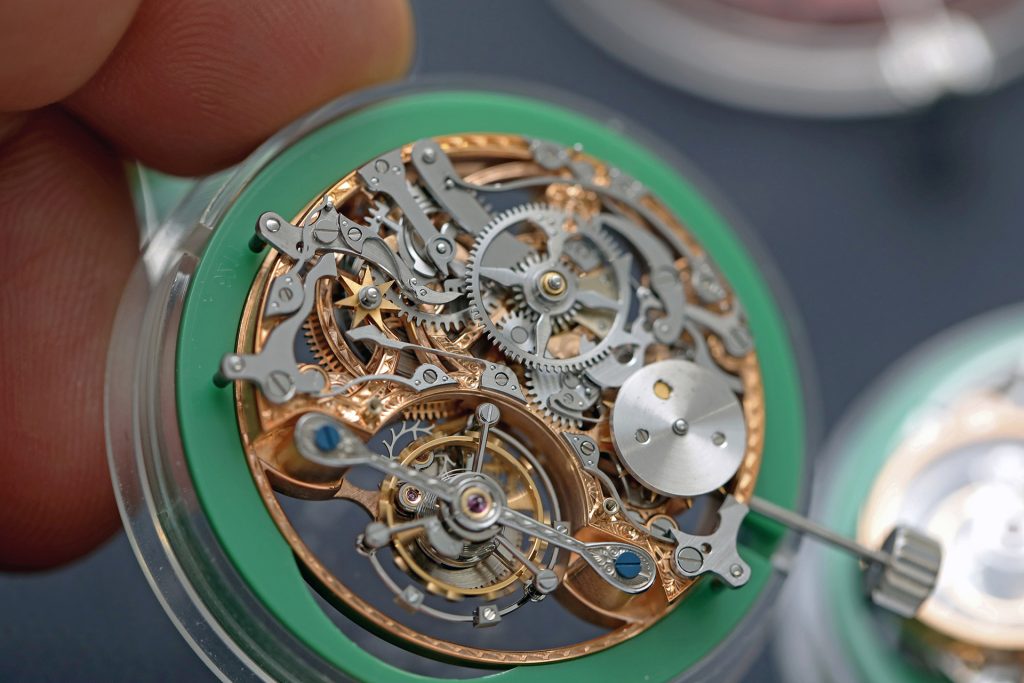
Technique meets craftsmanship – all movements are meticulously hand-finished
The name tourbillon – which means ‘whirlwind’ – and its functionality was able to establish itself until today. The components were modified over time, but the principle is unchanged. A very nice example offers the reference 5367 Classique Tourbillon Extra-Plat Automatic, a successor of the reference 5367 from 2013. The tourbillon cage and balance are made of titanium, the balance spring is made from silicon and the escapement is made of a mixture of silicon and antimagnetic steel. The tourbillon was placed decentralized at 5 o’clock and adorned by a carefully hand bevelled tourbillon bridge. Considering that it is an extra flat watch, it vibrates at a remarkable high frequency of 4 Hz and still offers a power reserve of 80 hours. Not least due to the use of light materials.
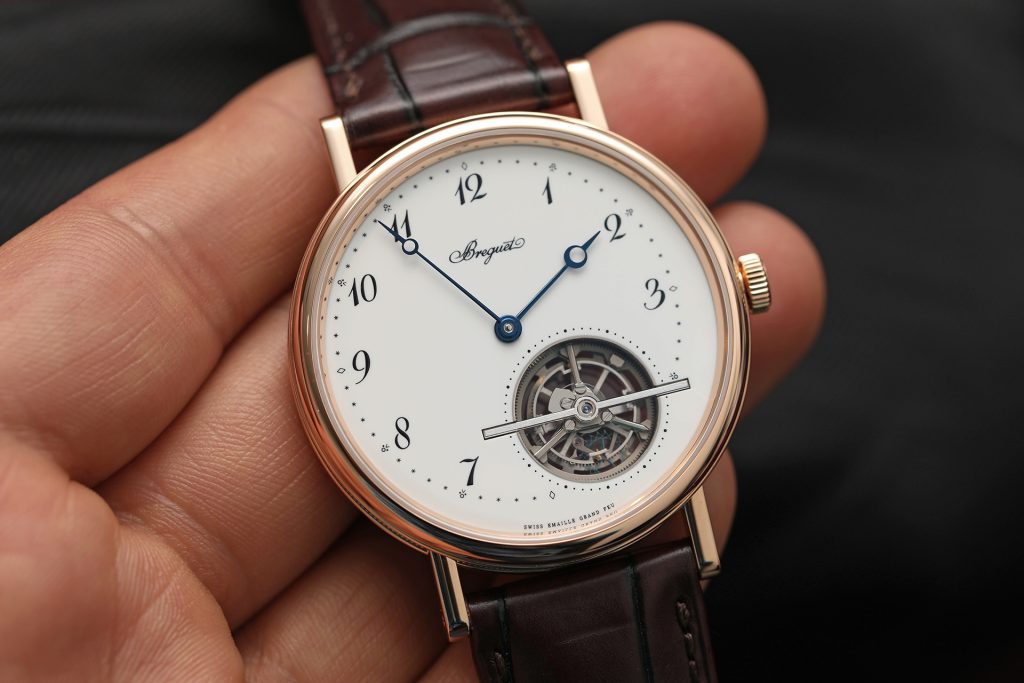
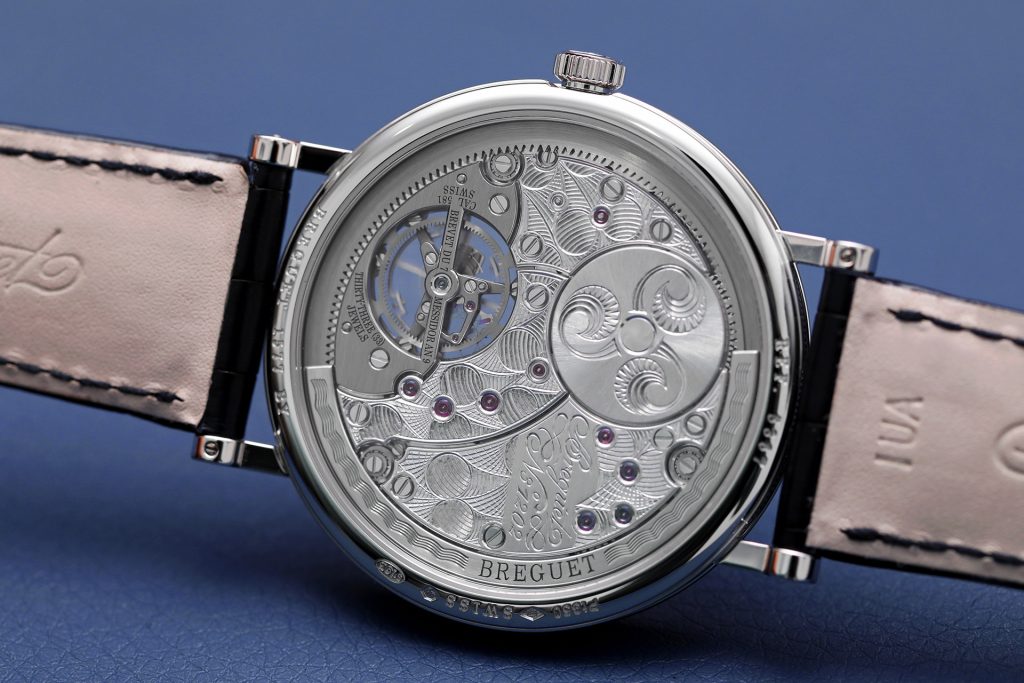
Classique Tourbillon Extra-Plat Automatique Ref. 5367 (left)
Beautiful finishing – Classique Tourbillon Extra-Plat Automatique Ref. 5367 (right)
The reference 5335 Tourbillon Messidor shows how artful tourbillons can be executed. It is inspired by the pendulums of the early 20th century of which hands seemed to float due to a transparent disc. Instead of floating hands, the manufacture decided for a flying tourbillon-bogie. The tourbillon is mounted in between two round sapphire-discs. The cage is linked to a third sapphire-disc. The striking golden porthole circling the tourbillon cleverly covers the attached construction that lets the cage seem to float. ‘Messidor’ stands for the date (June 26th, 1801) of the first recording of A.-L. Breguet’s tourbillon – ‘Messidor An IX’ respective the French Revolutionary Calendar.
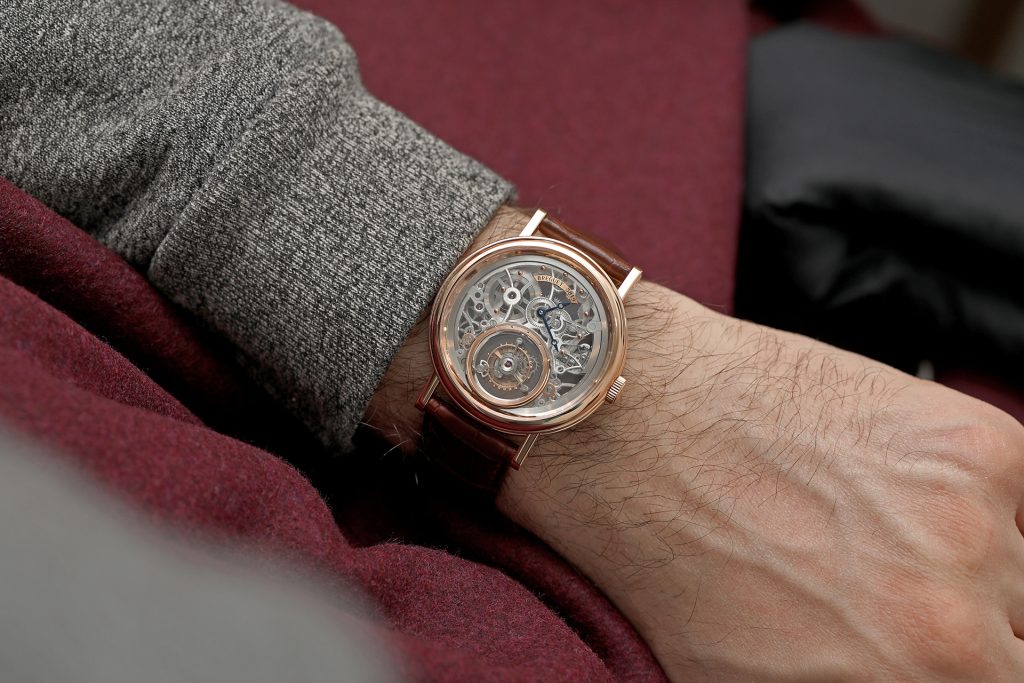
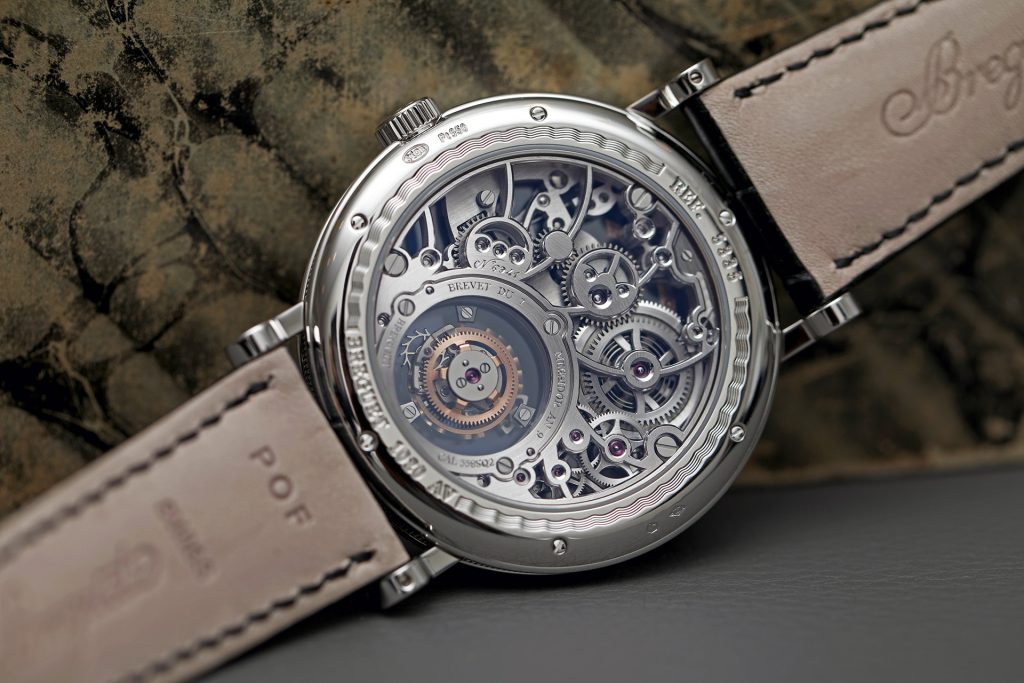
The Tourbillon regulator seems to float on the Messidor Ref. 5335 (left)
Tourbillon Messidor Ref. 5335 (right)
Next protagonist is another technical highlight and treats for the eye. The Grande Complication reference 5347 Classique Double Tourbillon has two tourbillon-cages that are mounted on a plate and linked to the extended hour hand. The two independent tourbillons not only circle around its own axis once a minute, but also rotate around the dial once in twelve hours. An enormous effort that is only possible by building the differentials, that are in charge of the power transmission to the gear train, in the most efficient way. Briefly speaking: The gear train that receives its power from the barrel also provides the time indication that only requires little energy. Hence, Breguet has linked the two tourbillons with the hour hand that serves as a bridge and equipped them with a simple gear train. The dial is very meticulously hand guilloched – however, the case back is almost even more spectacular, with a hand-engraving of the solar system, inspired by the turning and pinwheel rotation of the tourbillons.
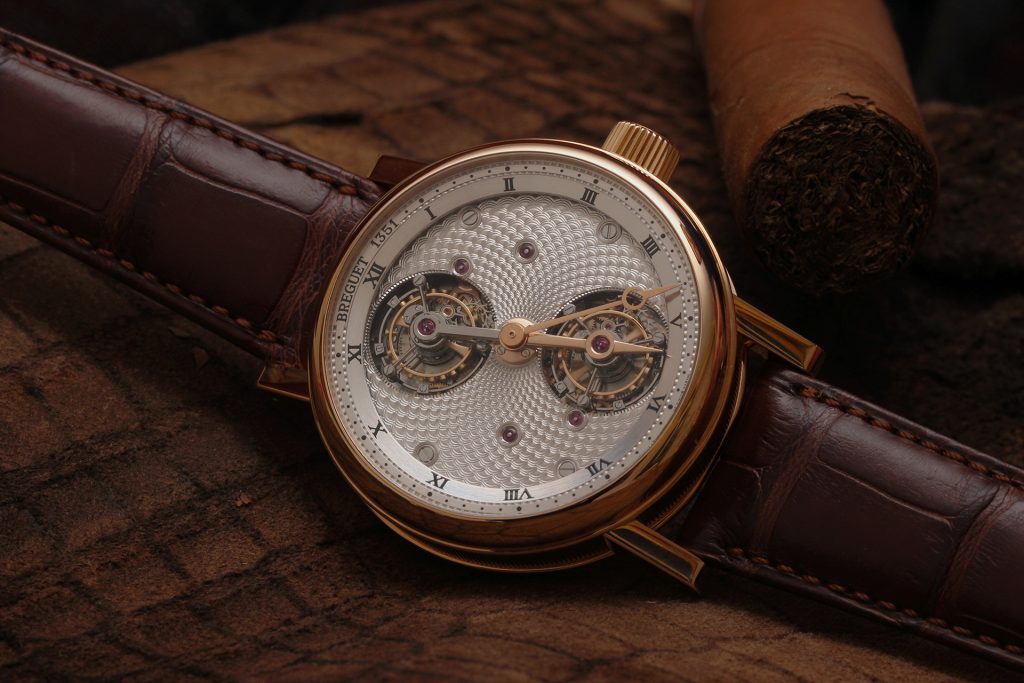
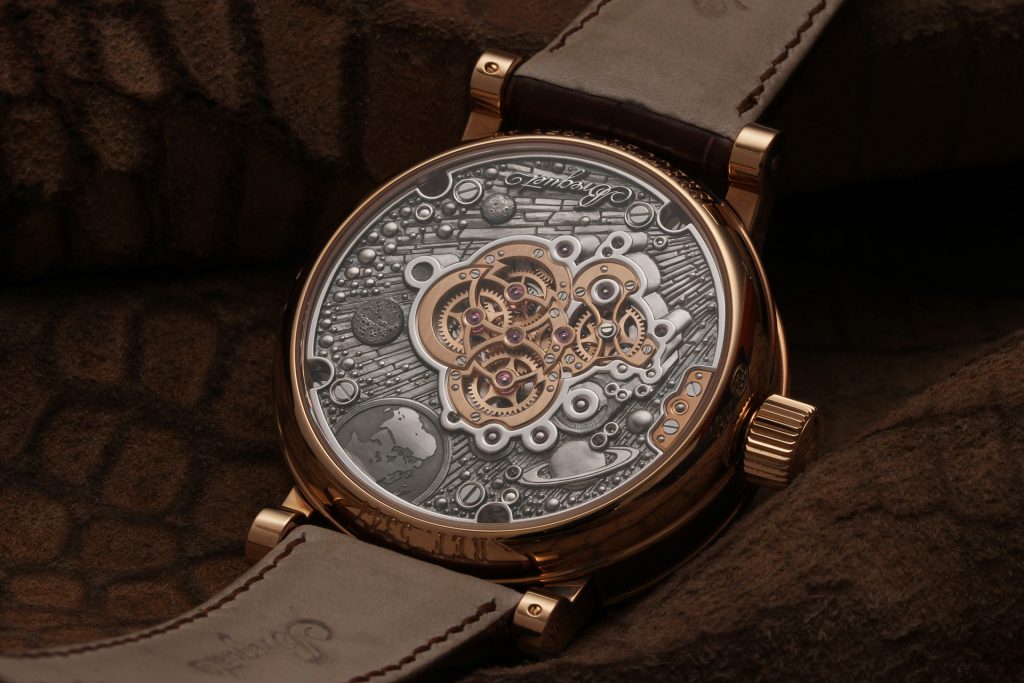
Twofold against gravity:
the Classique Double Tourbillon Ref. 5347 has two independent Tourbillons (left)
The case back shows a hand-engraving of the solar system (right)
Calm after the storm: from floating and double ‚whirlwinds’, we get back down to earth with the reference 3795 – back to a more classical regulator execution that is not less capturing. The watch architects of Breguet have carefully skeletonized the Classique Tourbillon Quantième Perpétual reference 3795 and thus beautifully exposed the tourbillon and perpetual calendar components. The traditional 60-seconds tourbillon beats at a frequency of 2,5 Hz, which is the same power that Breguet’s timepieces ran 200 years ago. The balance is leveraged by a traditional ‘Breguet spring’ – they dispensed the use of silicon on this piece as the 3795 is based on the calibre 558QP3. The seconds hand is placed on the subtle bevelled tourbillon bridge.
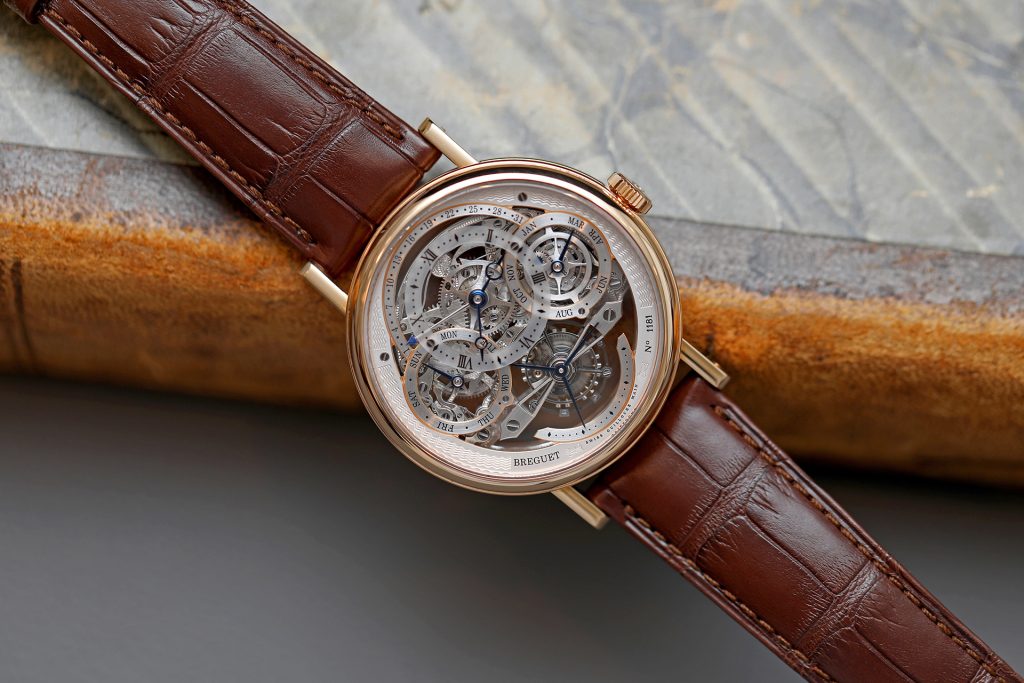
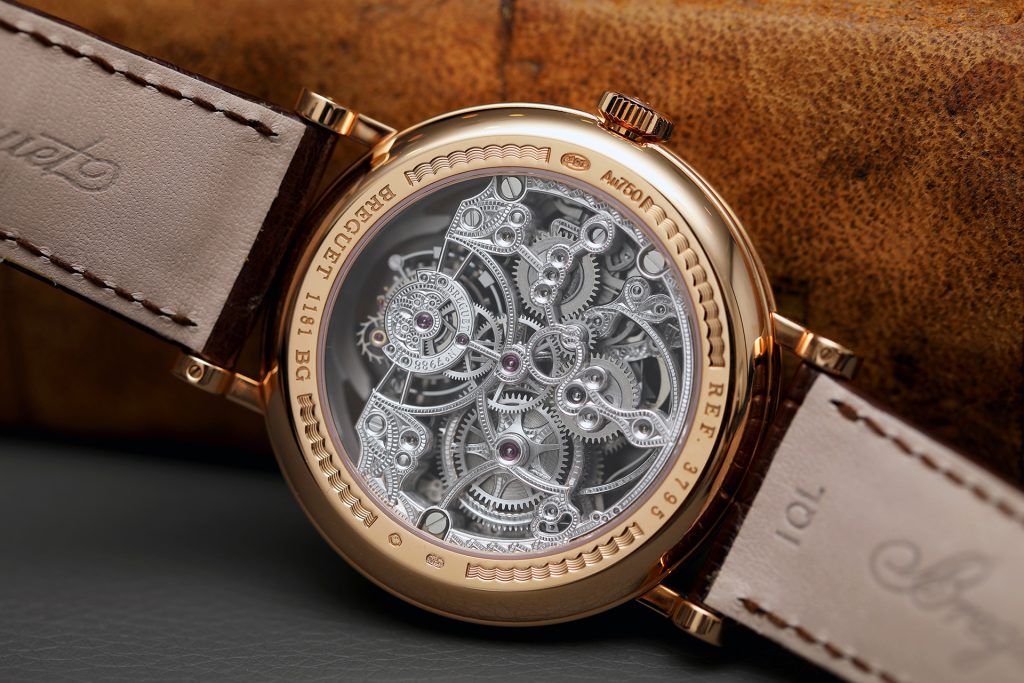
Classique Tourbillon Quantième Perpétual
Ref. 3795
There are not many inventions that last for 200 years and which functionality is still contemporary and in use today. Even more, watch enthusiasts are fascinated by its appearance – there are hardly any watches that keep their tourbillons in secret. We leave the Vallée de Joux full of enthusiasm, taking with us pictures for eternity. Also, the small tourbillons happily carry on whirling – we hope for the next 200 years.
